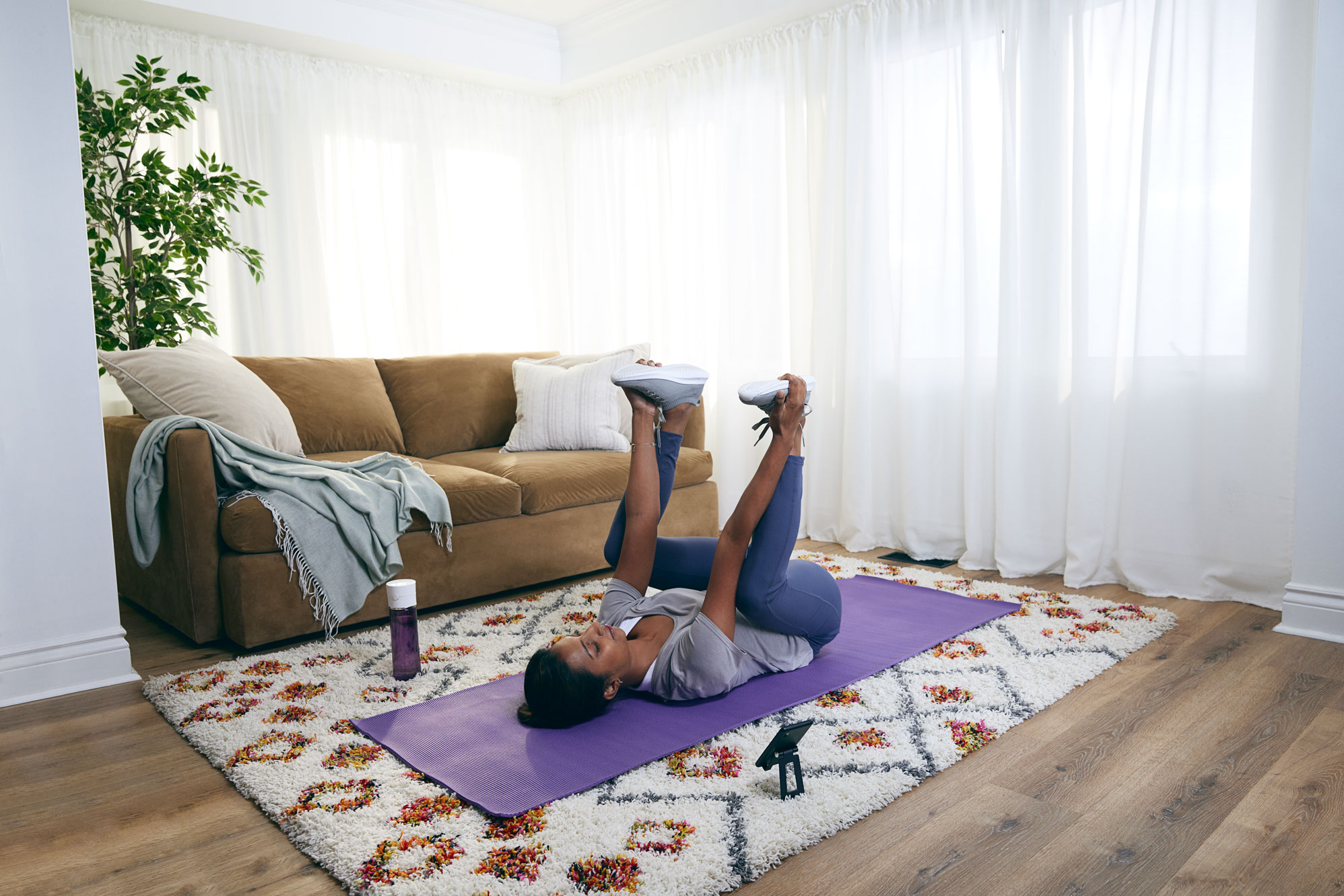Pelvic pain: causes, prevention, treatment, best exercises
What’s making your pelvic area hurt? Learn about causes of female pelvic pain, prevention, treatment, and exercises from pelvic floor physical therapists.
$0 cost to you
Published Date: Feb 9, 2023
Table of Contents
Fully Covered Pelvic Care
Find relief from pelvic pain, leakage, muscle weakness, & more.
Check if I'm eligibleExercises for pelvic pain
Want expert care? Check if you're covered for our free program →- Happy Baby
- Bridge
- Diaphragmatic Breathing
